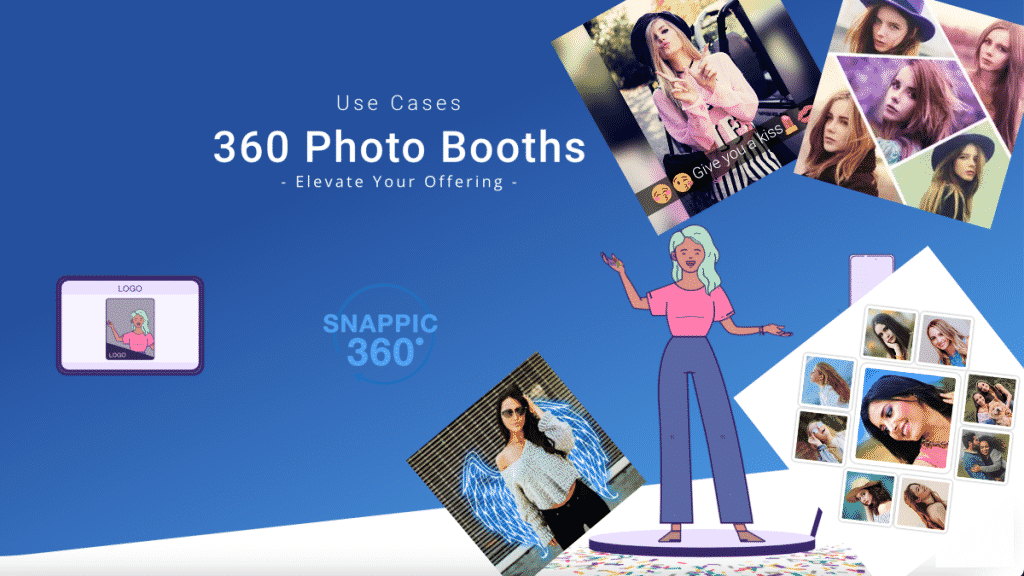There can be little doubt that 360º photo booth technology has taken the marketing industry by storm in recent years. Although digital photo booths have now replaced old-fashioned analogue ones in many settings, 360º photo booths provide an additional dynamic wherever they are utilised. This is because they use software that still means high-quality shareable moments are generated along with all of the data and metrics a marketing team could want. What they also provide, however, is even more eye-catching moments thanks to the moving camera that captures a mini-Hollywood movie from all angles.
So, if you work in marketing and want to provide attendees of a product launch, a trade fair or even a company convention with something that is a little bit more exciting and up to date, then a 360º photo booth will be the very thing. However, there is a downside – or a potential one, at least. This comes down to the sort of software that will be used to run the 360º photo booth itself.
Bear in mind that the camera will be mounted on physical hardware that will move around the subject when they are taking their selfie. Because photo booths capture moments that users initiate themselves, not only does the camera need to be self-operated but the 360º moving mechanism, too. Either way, you won’t have a functioning marketing photo booth simply because you have the necessary hardware in place. To put it simply, you need high functioning photo booth software, too.
The trouble is that some photo booth systems have software that only provides the functionality that is needed for stills or simple video shots. Other suppliers, such as Snappic, provide software solutions that have 360º photo booth functions and features built into them. Therefore, any marketing professional who is seeking a system that will offer them all of the functionality that is needed to operate panoramically should be looking for specialist photo booth software that can already cope with 360º image capturing. The basic fact is that if you don’t, then you’ll probably end up having to pay more to ‘upgrade’ your current system or not be able to offer 360º functions at all.
Please note that in-built 360º functionality is not simply about automatically triggering a 360º photo booth’s camera boom. This is, of course, a key part of what this sort of software should do but it is not the only thing. In addition, you should expect the tablet that the user is operating to provide easy to understand instructions and even the ability to integrate with QR code scanning technology.
Other features of 360º photo booth software to look out for include intro and outro videos that users can add to their panoramic masterpieces plus advanced functions such as slow-motion modes, ramping or overlays. The video output should also be customisable so that you can choose to offer users the sort of features you think will work best for each time the 360º photo booth is deployed, something that Snappic’s specialist software offers, for example. This way, you’ll be able to create a fresh and exciting experience for users even if they’ve used 360º image capturing technology before.
